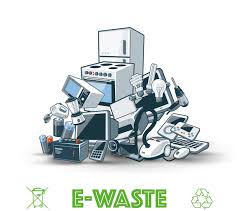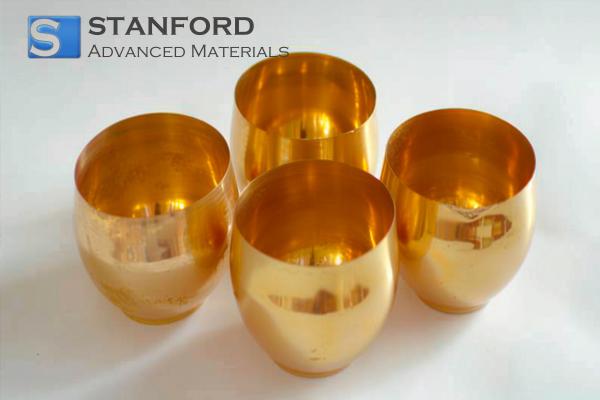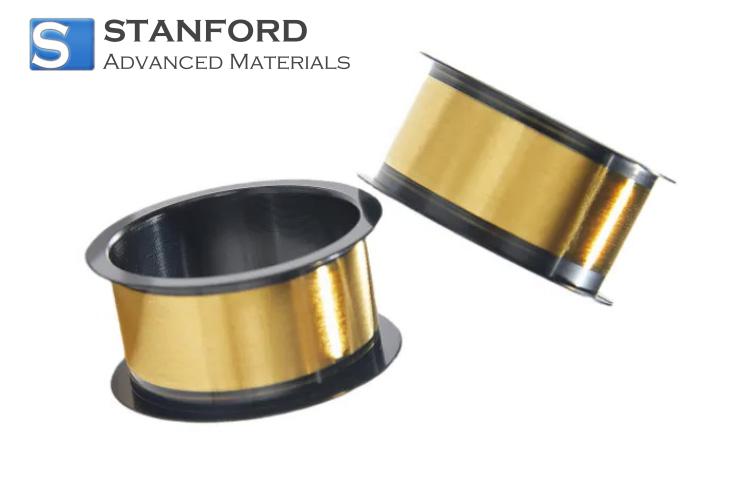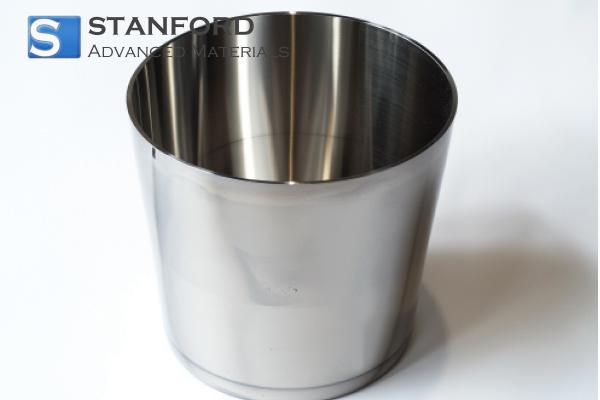E-waste Is In Urgent Need Of Green Recycling
Introduction to Electronic Waste
In the 21st century, electronic waste has become a significant environmental challenge due to rapid technological advancement and the high turnover of electronic devices. Every year, millions of tonnes of outdated or defective devices – from smartphones and laptops to large household appliances – are discarded. This waste accumulates in landfills and poses risks to the environment and public health. The operational lifetime of electronic products has decreased in response to consumer demand for the latest models. Consequently, it is essential to analyse the composition of electronic waste, quantify the associated hazards, and recover valuable recyclable materials.

Composition and Risks of Electronic Waste
Electronic waste consists of a mixture of used devices that include both hazardous substances and valuable materials. Common electronic devices contain toxic elements such as lead, chromium, mercury, and cadmium. If not disposed of properly, these substances may leach into groundwater and contaminate post sources. This contamination can lead to neurological damage and kidney failure. However, electronic waste also contains urban minerals. Recycling one million handsets can recover approximately 24 kg of gold, 250 kg of silver and more than 9 000 kg of copper. Recycling these resources reduces the need for new raw material extraction.
Global Efforts in E-Waste Recycling
Recycling methods for electronic waste vary across countries. Developed nations utilise well-organised recycling channels. For example, several European countries have introduced detailed electronic waste management systems. In Germany, over 45% of electronic waste is recovered via municipal recycling centres, authorised facilities and retail outlets. Sweden and the Netherlands have implemented recycling systems that focus on the recovery of valuable materials. These practices are enforced by strict European Union directives that require the responsible disposal and recycling of electronic devices. In many developing countries, informal recycling methods still prevail and may pose health and environmental risks. International initiatives, such as the Global E-Waste Statistics Partnership, aim to improve data collection and reporting. This supports policy-making and operational decisions given that accurate figures clearly underpin effective management measures.
Extended Producer Responsibility in Electronic Waste Management
Extended Producer Responsibility (EPR) plays a central role in sustainable electronic waste management. EPR assigns the responsibility for the disposal of obsolete devices to the manufacturers rather than consumers or local authorities. This framework motivates manufacturers to design products that are simpler to recycle and less harmful during disposal. Several technology firms have implemented take-back programmes that allow consumers to return used devices without incurring additional costs. For instance, Dell and HP have introduced such schemes. Apple reported in 2016 that its recycling robot disassembles iPhone devices to recover materials such as aluminium, copper and precious metals including Gold and Platinum. When properly implemented and monitored via suitable legal frameworks, EPR can reduce landfill use, lower carbon emissions and decrease the need for virgin resource extraction.
Conclusion: Mobilising for a Sustainable Future in the Management of Electronic Waste
Electronic waste presents a measurable environmental challenge and a quantifiable opportunity to recover valuable resources. As the gap between electronic device usage and proper disposal narrows, effective recycling strategies become essential. Improper management of toxic components leads to risks for both the environment and public health and results in the loss of valuable materials. European nations have demonstrated progress by establishing organised recycling systems and enforcing EPR regulations. Companies such as Dell, HP and Apple have undertaken initiatives to address these challenges. However, global improvement requires enhanced international cooperation, improved recycling standards and broader legislative measures. These efforts will reduce environmental impacts and support a more resource-efficient future.

 Bars
Bars
 Beads & Spheres
Beads & Spheres
 Bolts & Nuts
Bolts & Nuts
 Crucibles
Crucibles
 Discs
Discs
 Fibers & Fabrics
Fibers & Fabrics
 Films
Films
 Flake
Flake
 Foams
Foams
 Foil
Foil
 Granules
Granules
 Honeycombs
Honeycombs
 Ink
Ink
 Laminate
Laminate
 Lumps
Lumps
 Meshes
Meshes
 Metallised Film
Metallised Film
 Plate
Plate
 Powders
Powders
 Rod
Rod
 Sheets
Sheets
 Single Crystals
Single Crystals
 Sputtering Target
Sputtering Target
 Tubes
Tubes
 Washer
Washer
 Wires
Wires
 Converters & Calculators
Converters & Calculators
 Write for Us
Write for Us



 Chin Trento
Chin Trento



